INTRODUCTION
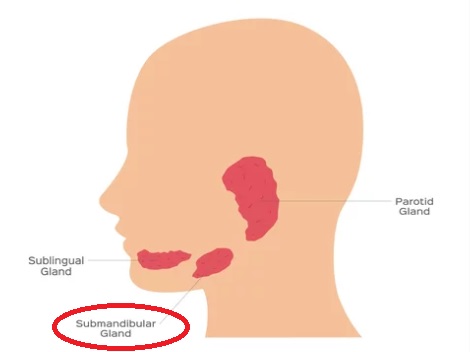
Submandibular glands are the second largest salivary glands.
They are located in the posterior (below the tongue) portion of the submandibular triangle of the neck.
They are found on both sides of the face towards the back of the mouth. It is a type of salivary gland that produces saliva in the mouth, thus providing lubrication in the mouth and also aiding in digestion, chewing, and swallowing of food.
The Sympathetic nervous system and Parasympathetic nervous system regulate these glands, thus helping in the production of saliva.
Any infection in the salivary glands is termed Sialadenitis.
Infections in the salivary glands occur often in older people and people with health problems.
If the disease spreads from the salivary gland to other parts, it may also cause a condition called Cellulitis, which is a bacterial skin infection (NECROTIZING FASCIITIS)
WHAT IS SUBMANDIBULAR SIALADENITIS?

Sialadenitis is the inflammation of the salivary gland.
Salivary gland infections occur when there is a blockage in one or more of the glands or ducts, which thus stops them from producing saliva.
These infections can be caused due to various problems such as cancerous tumors, blockage, and stones in the glands or their ducts.
Blocked glands/ducts are the main cause of the infection and the painful symptoms. The most common cause of blockage of the salivary duct is the presence of stone in the duct, which is known as SIALOLITHIASIS.
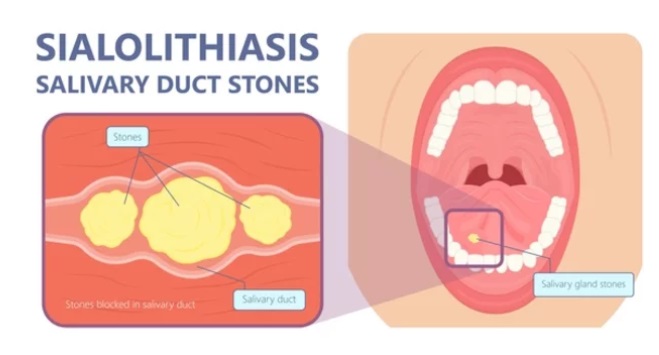
It is most common in —
- People above the age of 50,
- People with dehydration,
- People with malnutrition or
- People who are sick.
This infection can spread if not treated early and properly. Sialadenitis can spread deep into the neck and tissues leading to DEEP NECK SPACES PUS FORMATION and thus causing inflammation, swelling, fever, intense pain, and a high risk of SEPTIC SHOCK.
When this sialadenitis is caused due to an infection (viral or bacterial), it can spread to others through sneezing, coughing, or close contact, but it is not contagious when it is caused due to blockage caused due to stones.
CAUSES OF THE SIALADENITIS
– SIALOLTHIASIS or SALIVARY GLAND DUCT SONE blocking the duct.
– Staphylococcus or Streptococcus bacteria mainly cause the infection.
– Viruses that can also affect the glands are flu virus, mumps, and echovirus.
– This infection can also be caused due to poor oral hygiene.
– Autoimmune diseases can also cause this infection.
– Smoking and alcohol use may also be a source of the infection.
– Even the use of medicines like diuretics can be a cause of the infection.
– Dehydration can also lead to sialadenitis.
SYMPTOMS OF SUBMANDIBULAR SIALADENITIS
> Inflammation of the salivary gland that is around the neck region.
> Lump in the neck and jawline region.
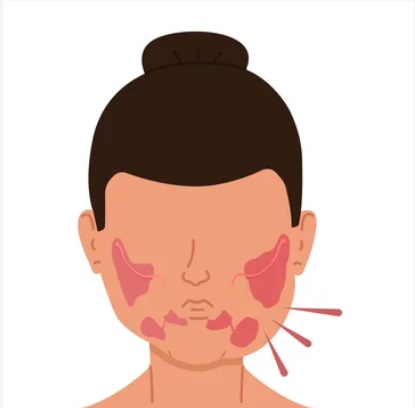
> Fever caused due to infection.

> Bad taste in the mouth.

> Strong or foul smell in the mouth.

> Difficulty in chewing and swallowing the food.

> Pain in the face.

> Dry mouth and decreased saliva production.
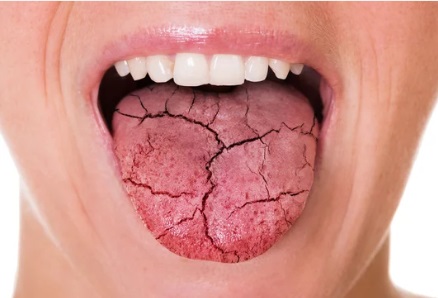
> Muscle pain and joint pain.
> Cysts are formed and, when burst, produce pus that gives a foul smell.
DIAGNOSIS OF THE SIALADENITIS
The doctor will first look through our medical history to find the cause of the infection and then analyze the symptoms.
Pus formation in the throat and swollen glands are also signs of infection for diagnosis.
The other forms of diagnosis are-
– Dental X-Ray
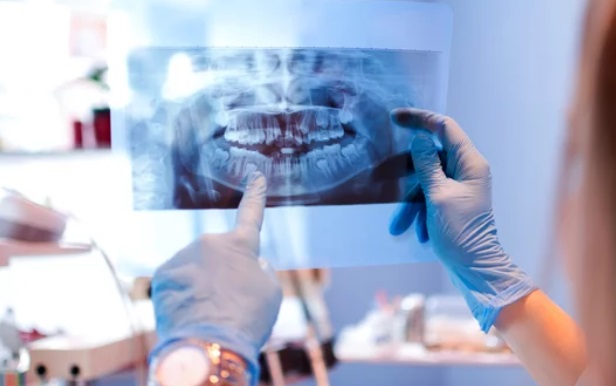
– Ultrasound scan of Salivary glands and neck

– Sialendoscopy
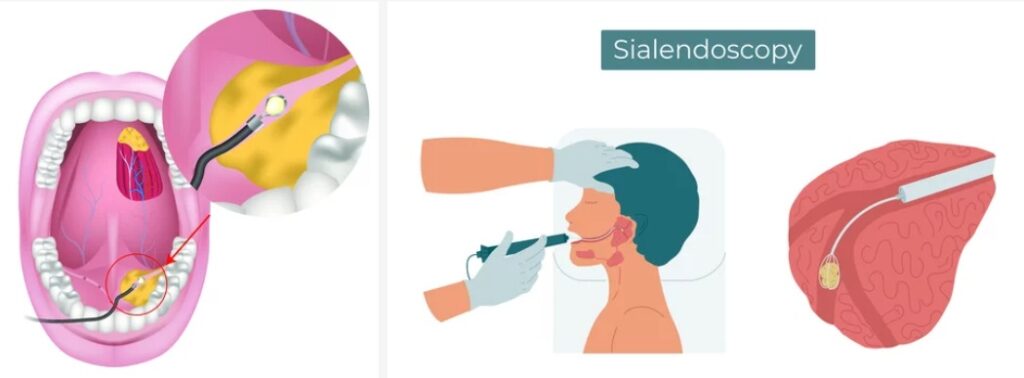
– A CT scan and MRI Scan
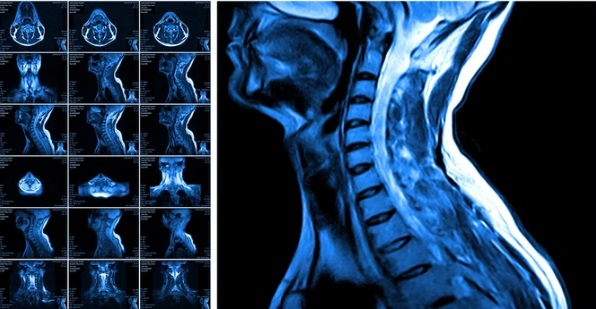
– A Biopsy of the salivary gland (if required in case malignancy is suspected)
TREATMENT AND PREVENTION OF THE SIALADENITIS
The treatment for sialadenitis depends on the severity of the infection.
– Medication :
Antibiotics are given to treat bacterial salivary gland infections.
– Surgery :
If there is a mass in the salivary gland, it can be surgically removed.
The pus formed will be removed to remove any blockage in the gland.
– Radiations :
If the sialadenitis is due to a mass in the salivary gland which is cancerous, then radiation treatment maybe is required to kill the cancer cells and tissues.
Due to radiation, there will be decreased saliva production, so it is recommended to drink lots of water and fluids to keep the body hydrated and to keep the mouth from not drying.
– During bacterial infections in the mouth and throat, it is always recommended to gargle with warm or lukewarm salt water.
– Cleaning the mouth with water or mouthwash and frequent brushing of teeth will keep the mouth fresh and free from bacteria and germs.
– Stop smoking or usage of tobacco products to avoid bacterial infections of the mouth.
SUMMARY
Salivary gland infection can occur due to various reasons and can lead to serious complications.
It is necessary for us to take care of our health and maintain oral hygiene to avoid any infections.
Frequent rinsing of the mouth, drinking lots of water to keep the mouth hydrated, and brushing can prevent infection at early stages.
A swollen salivary gland infection can be very painful and should be treated at the initial stages to reduce the risk of surgeries and complications.
For any signs of infection, it is necessary to talk to your doctor or healthcare advisor to treat the infection at its early stages.
THANK YOU
MEDICAL ADVICE DISCLAIMER:
This blog, including information, content, references, and opinions, is for informational purposes only.
The Author does not provide any medical advice on this platform.
Viewing, accessing, or reading this blog does not establish any doctor-patient relationship.
The information provided in this blog does not replace the services and opinions of a qualified medical professional who examines you and then prescribes medicines.
And if you have any questions of medical nature, please refer to your doctor or qualified medical personnel for evaluation and management at a clinic/hospital near you.
The content provided in this blog represents the Author’s own interpretation of research articles.
